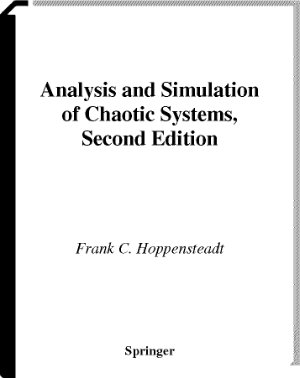Springer, 2000. - 338 pages.
Beginning with ordinary language models or realistic mathematical models of physical or biological phenomena, the author derives tractable mathematical models that are amenable to further mathematical analysis or to elucidating computer simulations. For the most part, derivations are based on perturbation methods. Because of this, the majority of the text is devoted to careful derivations of implicit function theorems, methods of averaging, and quasi-static state approximation methods. The duality between stability and perturbation is developed and used, relying heavily on the concept of stability under persistent disturbances.
Beginning with ordinary language models or realistic mathematical models of physical or biological phenomena, the author derives tractable mathematical models that are amenable to further mathematical analysis or to elucidating computer simulations. For the most part, derivations are based on perturbation methods. Because of this, the majority of the text is devoted to careful derivations of implicit function theorems, methods of averaging, and quasi-static state approximation methods. The duality between stability and perturbation is developed and used, relying heavily on the concept of stability under persistent disturbances.

